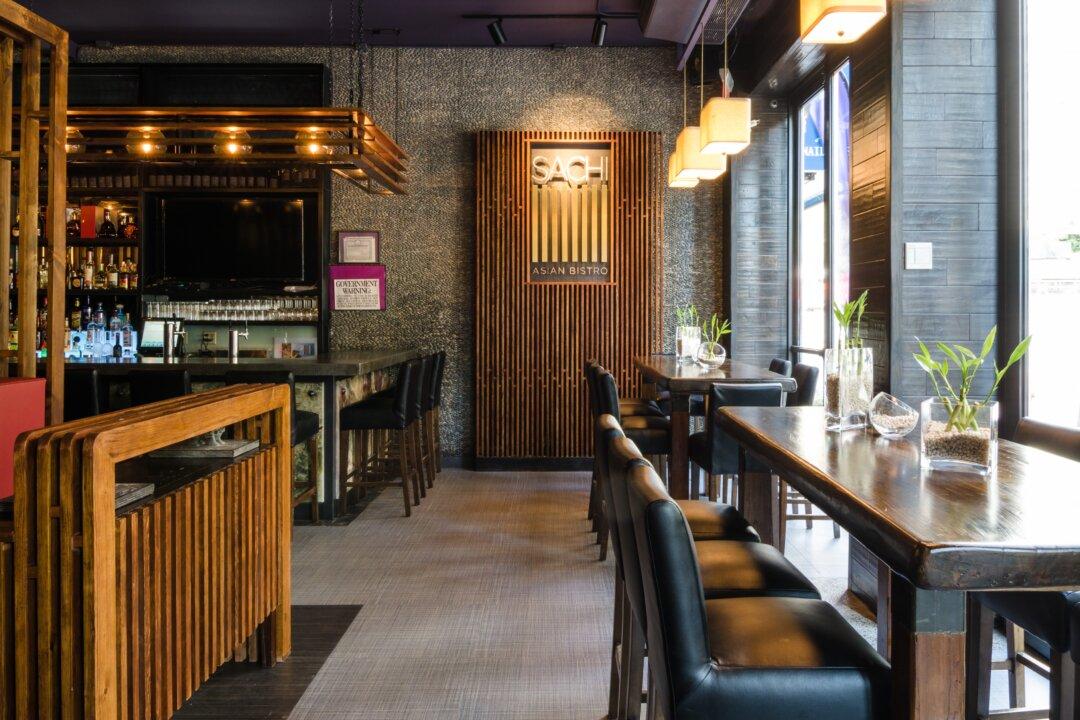Open in September in Murray Hill, Sachi finds inspiration from a variety of Asia’s cuisines. Andy Yang, of Rhong-Tiam, and Pichet Ong have been tapped to create the menu.

Chefs Andy Yang and Pichet Ong are behind the menu at Sachi. Courtesy of Sachi

Open in September in Murray Hill, Sachi finds inspiration from a variety of Asia’s cuisines. Andy Yang, of Rhong-Tiam, and Pichet Ong have been tapped to create the menu.
